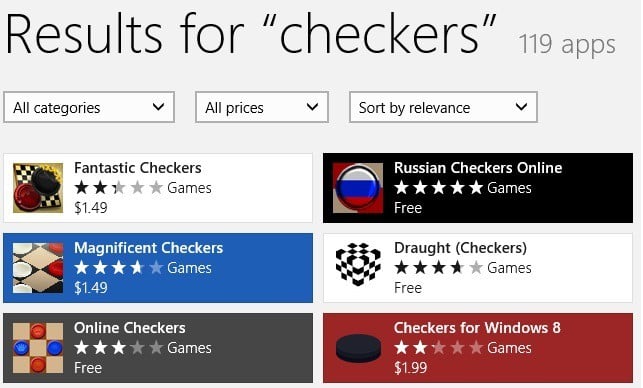

For more information about using the DISM tool to repair Windows, reference Repair a Windows Image.Īt the command prompt, type the following command, and then press ENTER: Note: Replace the C:\RepairSource\Windows placeholder with the location of your repair source. To do this, run the following command instead:ĭISM.exe /Online /Cleanup-Image /RestoreHealth /Source: C:\RepairSource\Windows /LimitAccess However, if your Windows Update client is already broken, use a running Windows installation as the repair source, or use a Windows side-by-side folder from a network share or from a removable media, such as the Windows DVD, as the source of the files. Important: When you run this command, DISM uses Windows Update to provide the files that are required to fix corruptions. It may take several minutes for the command operation to be completed.ĭISM.exe /Online /Cleanup-image /Restorehealth Type the following command, and then press Enter. (If you are running Windows 7 or Windows Vista, skip to Step 3.) If you are running Windows 10, Windows 8.1 or Windows 8, first run the inbox Deployment Image Servicing and Management (DISM) tool prior to running the System File Checker.

To do this, do the following as your appropriate: Run the System File Checker tool (SFC.exe) Though the steps below might look complicated at first glance, just follow them in order, step-by-step, and we’ll try to get you back on track.

It also does not tell you what your device lacks to be compatible with the new OS.If some Windows functions aren't working or Windows crashes, use the System File Checker to scan Windows and restore your files. However, as noted, it does not provide much information about the upgrade process. By doing so, you can receive an instant prompt that will announce whether your PC can receive automatic free updates from Windows 10 to Windows 11. To check for compatibility, tap the blue Check Now button on top. It comes with a single dashboard screen that lists a few important hardware and OS feature listings, such as the PC name, CPU, RAM size, and storage capacity. Once installed, you can run the app on any version of Windows 10. Also included are the controversial UEFI & Secure Boot capable motherboard and Trusted Platform Module (TPM).Īs mentioned, the app is distributed online as an automated installer, allowing you to download it easily and deploy it on your local storage by following simple on-screen instructions. The app checks for strict hardware requirements, including at least a 1GHz dual-core 64-bit only CPU, 64GB or more of storage space, a DX12 capable graphic card, and 4GB of RAM. PC Health Check is a Microsoft-released tool helping users determine if their Windows 10 PCs can run Windows 11, the brand-new operating system.


 0 kommentar(er)
0 kommentar(er)
